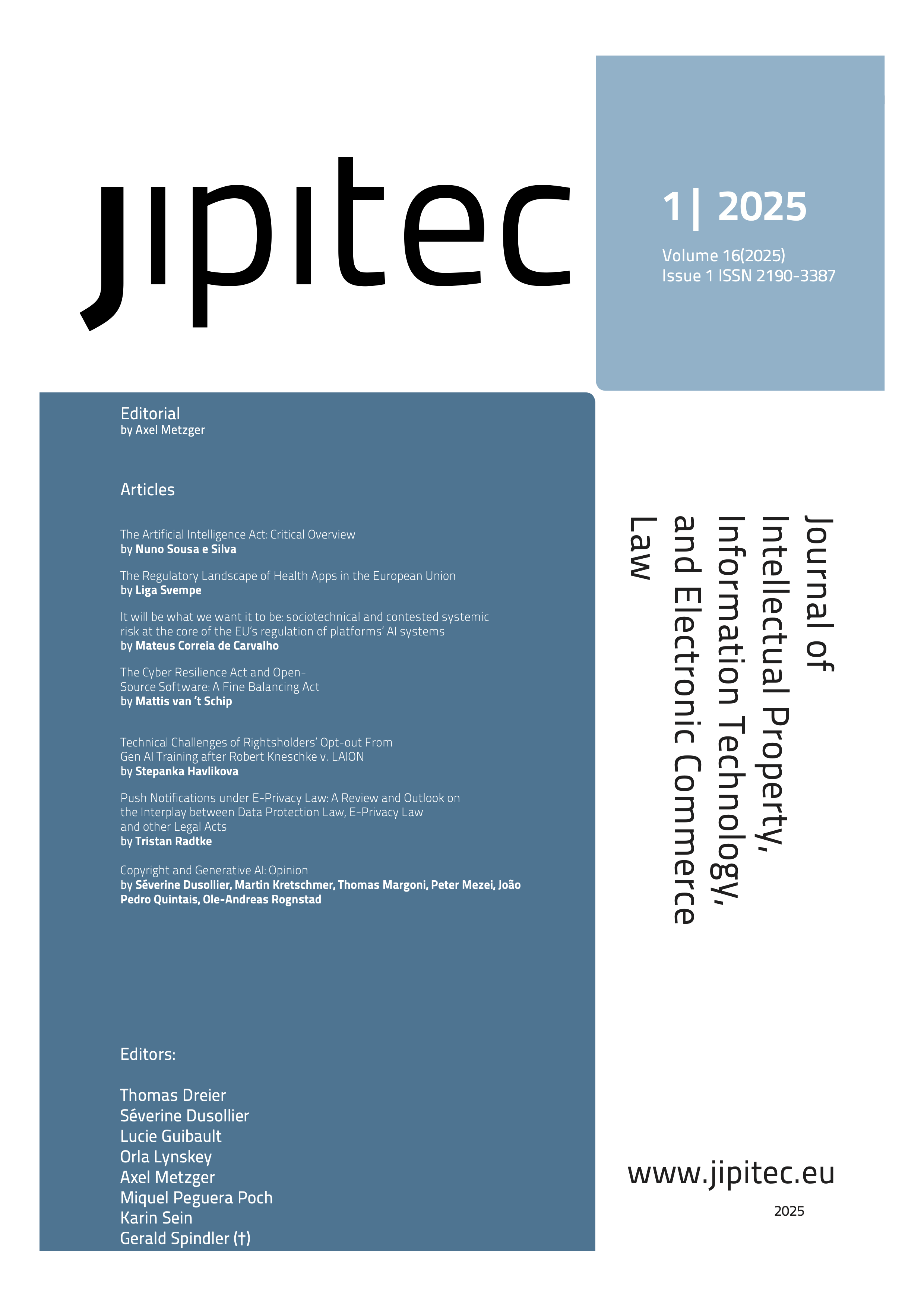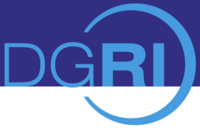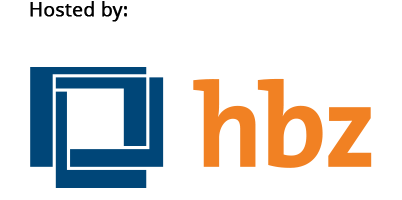The Regulatory Landscape of Health Apps in the European Union
Keywords:
Digital Health, Health Law, Health Technology, Medical Device, Wellness AppsAbstract
Digital tools, including numerous health apps, have become integral to our daily lives. However, the fact that many of these solutions are unregulated raises concerns related to their quality and safety. The current Medical Device Regulation 2017/745 covers devices explicitly designed for medical purposes and does not extend its regulatory scope to wellness applications beyond its intended purpose. Due to the complexity of the regulation, many manufacturers choose to avoid the certification pathway and market their products as wellness apps. As a result of this regulatory stance, the responsibility for preventing harm to users primarily lies with developers, application marketplaces, and consumers themselves. This situation is coupled with increasing consumer skepticism towards the healthcare system and growing reliance on online information, paving the way for uncontrolled and potentially hazardous market development. Real-world examples demonstrate that these non-regulated apps can be harmful; with the market expanding, this issue is likely to worsen.
This article investigates the legal framework governing health apps in the European Union. We identify regulatory gaps and associated risks for public health, and propose measures to mitigate these challenges. Policymakers are advised to introduce updates to the General Product Safety Regulation or adopt national-level regulation as a short-term measure. Additionally, the author proposes revising the role and increasing the responsibilities of app marketplaces to prevent harmful apps from entering or operating in the market. Regulatory incentives, such as government reimbursement schemes, are suggested at the national level unless EU initiatives are introduced.




